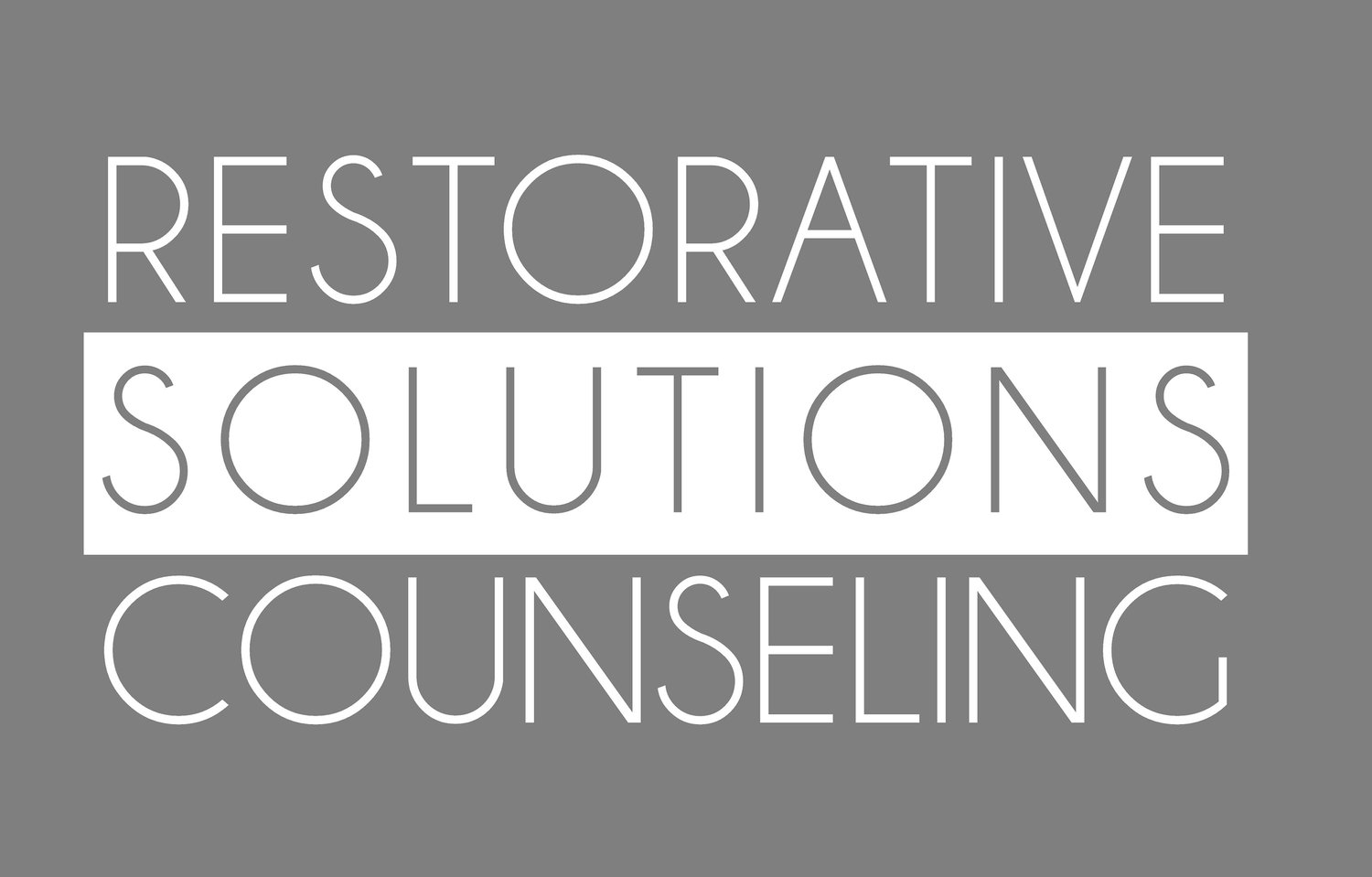Today is the final blog about Adam Grant’s book, Hidden Potential. If you didn’t read parts 1 and 2 in the last couple of weeks please go check them out. This blog will make a lot more sense if you do. In this final section of the book, Adam discusses the different systems that are in place within society and how they can impact our ability to move toward mastery. He begins by talking about the education system and brings up the country, Finland. By comparison to other countries, Finland used to be one of the lowest rated in education. In the 1960s, nearly 90% of the population didn’t make it beyond the 9th grade. However, by the year 2000, they were ranked #1 throughout the world in education. The reason for this is because they completely overhauled their entire education system with the idea of bringing out the best in every single student. They’re philosophy became, “We can’t afford to waste a brain.” Tutoring and personalized education plans for all students became the norm, not just creating opportunities for top students. They also invested in teachers, and within their entire culture teaching became one of the most admired professions. Teachers in Finland are also given unique opportunities to build relationships with their students in order to know exactly what they need to learn. They also make sure to emphasize deliberate play.
Next, he speaks about making groups more effective. Surprisingly, creating groups out of the most intelligent people doesn’t necessarily make them the most successful. The most successful groups are the ones in which members collaborate and help each other. Including even one team member who is more self-centered or narcissistic tends to make groups much less effective. Also, team building exercises aren’t particularly helpful (Sorry to whoever plans the company retreats). It is more important for team members to see cooperating with each other as the path to success. This causes people to depend on each other and share knowledge. When everyone is free to share ideas together without fear of anyone’s ego (including the fear of looking stupid in front of others or the pressure to agree with someone in power) they can take full advantage of a variety of expertise. This requires the right kind of leadership. The best leaders aren’t necessarily the standouts in their field or the loudest at the meeting. The best leaders are the ones who can recognize that the team's success is more important than their own ego and create an atmosphere where everyone feels safe to contribute.
For those who are in leadership roles, the next part of the book talks about the importance of not just looking at someone’s overall progress, but to consider their hard work and ability to overcome obstacles. He points out that, “Early failure followed by later success is a mark of hidden potential.” People who are willing to be persistent and develop skills that they lack are showing the world, not just what they’ve already done, but what they are capable of doing in the future.
Imposter syndrome frequently pops during our journeys of uncovering our hidden potential. Adam points out that, “Imposter syndrome says, I don’t know what I’m doing. It’s only a matter of time until everyone finds out. Growth mindset, on the other hand says, I don’t know what I’m doing yet. It’s only a matter of time until I figure it out.” Adam says that imposter syndrome holds an interesting paradox: “Others believe in you. You don’t believe in yourself. Yet you believe yourself instead of them. If you doubt yourself, shouldn’t you also doubt your low opinion of yourself?” I’ve already mentioned this last quote of his in another blog about imposter syndrome, but it bears repeating: “It feels like other people are overestimating you, but it’s more likely that you’re underestimating yourself. They’ve recognized a capacity for growth that you can’t see yet. When multiple people believe in you, it might be time to believe them.”
Near the beginning of the book, Adam encourages readers to be sponges that filter out harmful or unnecessary information as they absorb that which is helpful. The learning process, if done correctly, will be uncomfortable, and by facing and embracing this discomfort we have the opportunity to grow. Throughout the book, Adam shares stories about people who have uncovered their hidden potential, as well as stories from his own past. There is not a single story about someone listed in this book who was naturally talented and coasted their way to excellence on their innate abilities. This book does not show us how to stumble upon our hidden potential. It shows us how to put in the work necessary to dig it out. Is this daunting? Oh, absolutely. We lead busy lives, and we’re all out here doing the best that we can. The point isn't to work ourselves to the bone. The point is to be more purposeful with how we spend our time and energy. If we can invite and embrace discomfort, take in and learn from helpful criticism, learn to accept progress over perfection, embrace play as a way of practicing and improving, allow our progress to include some downs as well as ups, and learn effective ways to motivate ourselves, every single one of us can move toward mastery in whatever area we choose.
